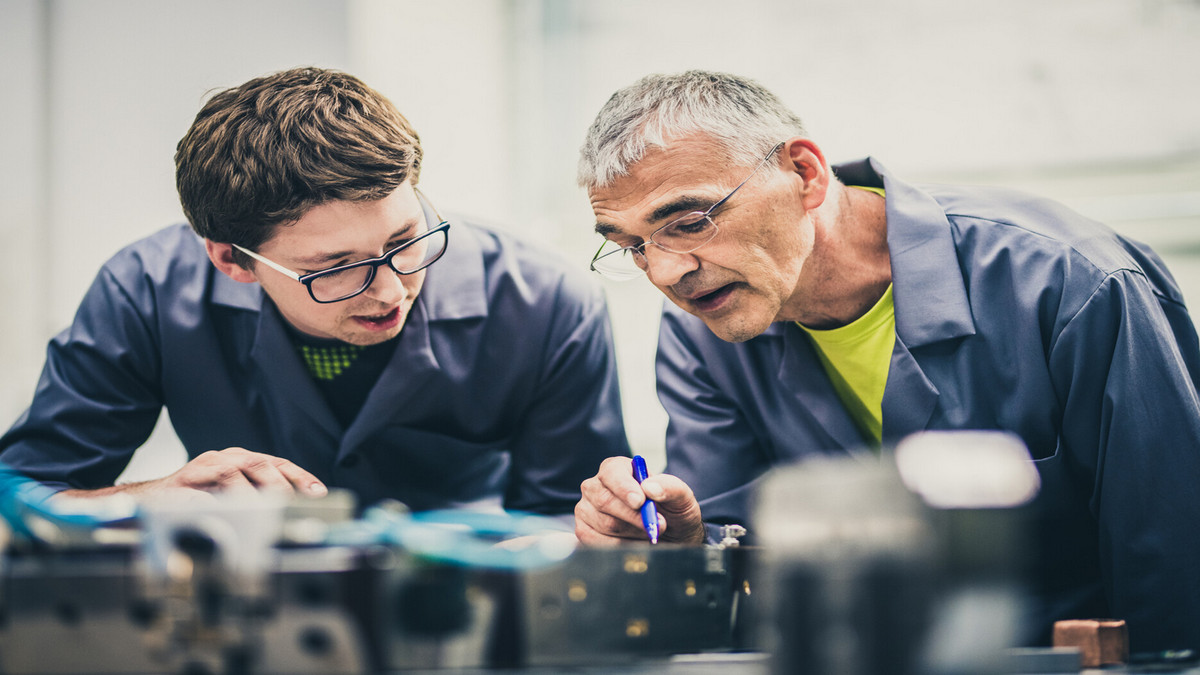Metal and wood planing machines are essential tools in the machining industry. Wood planers use a rotating cutterhead equipped with sharp blades to smooth and size workpieces, ensuring uniformity in woodworking projects. Metal planers use a cutting tool mounted on a reciprocating tool head to remove excess material from metal surfaces, achieving precise dimensions in components. Both types of planning machines enhance efficiency, precision, and the overall quality of finished products. Understanding the key features of the various types of planing machines will help you choose the right machine best suited for your machining needs.
Advantages of Planing Machines
Planing machines provide multifaceted benefits including:
Enhanced Precision: Precision is paramount in machining, and a good planing machine will deliver outstanding accuracy. With adjustable depth settings and precise control mechanisms, planers ensure meticulous uniformity and precision in the finished product. Their consistent results make them ideal for projects where tight tolerances are essential.
Quality of Finished Products: The quality of the final product will be reflected in the planing machine and machining tools used. Quality planing machines produce high-quality finished goods by providing a smooth and uniform surface finish, resulting in aesthetically pleasing and highly functional products.
Improved Efficiency: One of the primary advantages of a good planing machine is its ability to significantly improve efficiency. With rapid material removal capabilities, these machines reduce production time, enabling manufacturers to meet tight deadlines.
Key Features and Components
Understanding the fundamental features and components of planing machines is crucial for selecting the right tool for the job. Adjustable depth settings allow for customization based on project requirements, ensuring the removal of the right amount of material. Variable feed rates offer control over the speed at which the material passes through the machine, allowing for adjustments based on the type of material and desired finish.
Feed Rates: Variable feed rates enable operators to control the speed at which the material passes through the planer. This feature is instrumental in achieving optimal results, particularly when dealing with different material types or varying levels of intricacy.
Safety Features: Modern planing machines are equipped with a range of safety features, including emergency stop mechanisms, blade guards, and overload protection systems, safeguarding operators against potential hazards.
Construction Materials: The choice of materials, such as cast iron or steel, significantly influences the durability and performance of planing machines. High-quality construction materials enhance stability and longevity, ensuring consistent performance over time.
Choosing the Right Planing Machine
Selecting the appropriate planing machine requires careful consideration of various factors, including the type of material to be planed, the desired finish, and the available workspace. For woodworking projects, a planer with a larger cutting width may be preferable, while metalworking applications may require a planer with higher rigidity and stability.
Material Type: Consider the type of material you primarily work with. Some planers are designed for the unique challenges posed by each material, ensuring optimal results.
Finish Requirements: The desired finish, whether it's smooth, textured, or precise, influences the selection of planing machines with specific cutting capabilities and surface finish options.
Automation: Consideration should also be given to the level of automation required. Some planing machines come equipped with digital controls and automated features, allowing for precise adjustments and repeatability. Manufacturers should assess their specific needs and capabilities before investing in a planer to ensure optimal performance and efficiency.
Workspace Constraints: Assess the available workspace and choose a planing machine that fits comfortably within the designated area. Additionally, consider the accessibility required for maintenance and operation, ensuring a safe and efficient workflow.
Maintenance and Care
To maximize the lifespan and performance of planing machines, regular maintenance and care are essential. Routine tasks such as cleaning, lubrication, and blade sharpening should be incorporated into a comprehensive maintenance schedule. Properly maintained planers not only operate more efficiently but also reduce the risk of unexpected breakdowns, minimizing downtime in production.
Routine Cleaning: Regularly clean the planer to remove dust, debris, and other contaminants that can compromise performance. Ensure that all moving parts are free from obstructions to maintain smooth operation.
Lubrication: Lubricate the moving parts of the planer to reduce friction and prevent premature wear. Follow the manufacturer's recommendations for the type and frequency of lubrication required.
Blade Sharpening: The sharpness of the blades significantly impacts the quality of the cut. Regularly inspect and sharpen blades as needed to ensure consistent and efficient material removal.
Safety Considerations
Safety should always be a top priority when operating planing machines. Manufacturers and operators must adhere to strict guidelines to prevent accidents and injuries. Personal protective equipment (PPE), including safety glasses, hearing protection, and dust masks, should be worn at all times during operation.
Proper training will ensure operators are aware of potential hazards and are equipped to handle the equipment safely. Operators should be familiar with and follow the correct operating procedures outlined in the machine's manual.
Emergency stop mechanisms should be in place to quickly halt operations in case of any issues. Regular safety audits and inspections should be conducted to identify and address any potential safety concerns promptly.
Trends in Planing Technology
Increased automation, digital controls, and the use of new materials are emerging trends in planing machines, allowing for greater precision and repeatability, reducing the reliance on operator skill and minimizing errors. Careful consideration of key features, materials, and specific project requirements when choosing a planing machine will assure consistent quality in craftsmanship and productivity.







.png)






